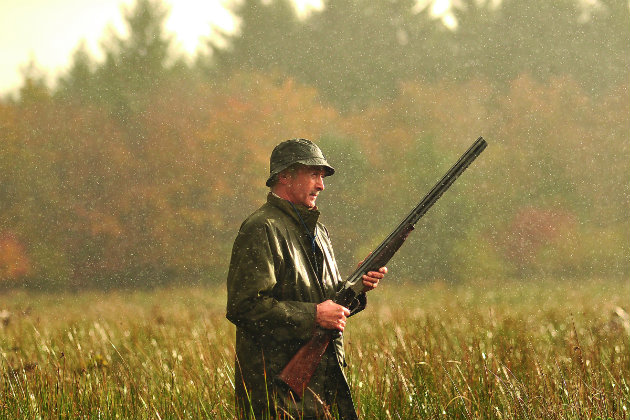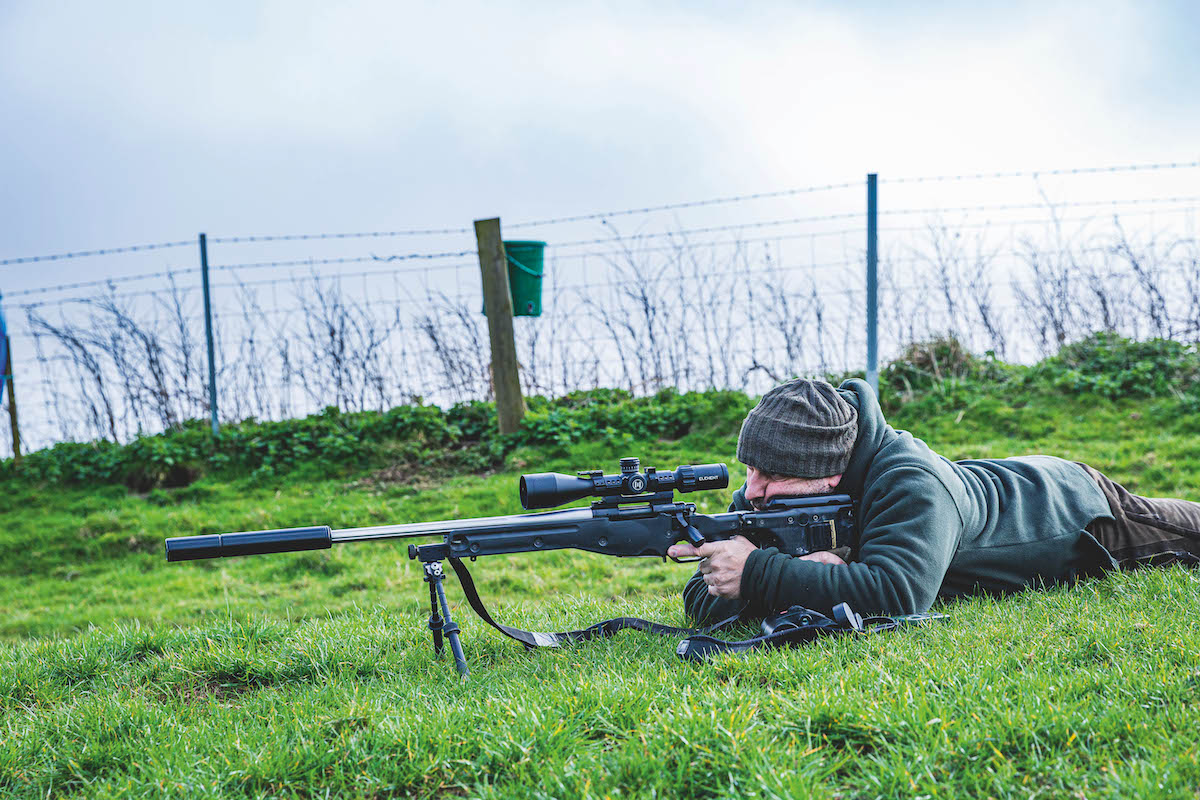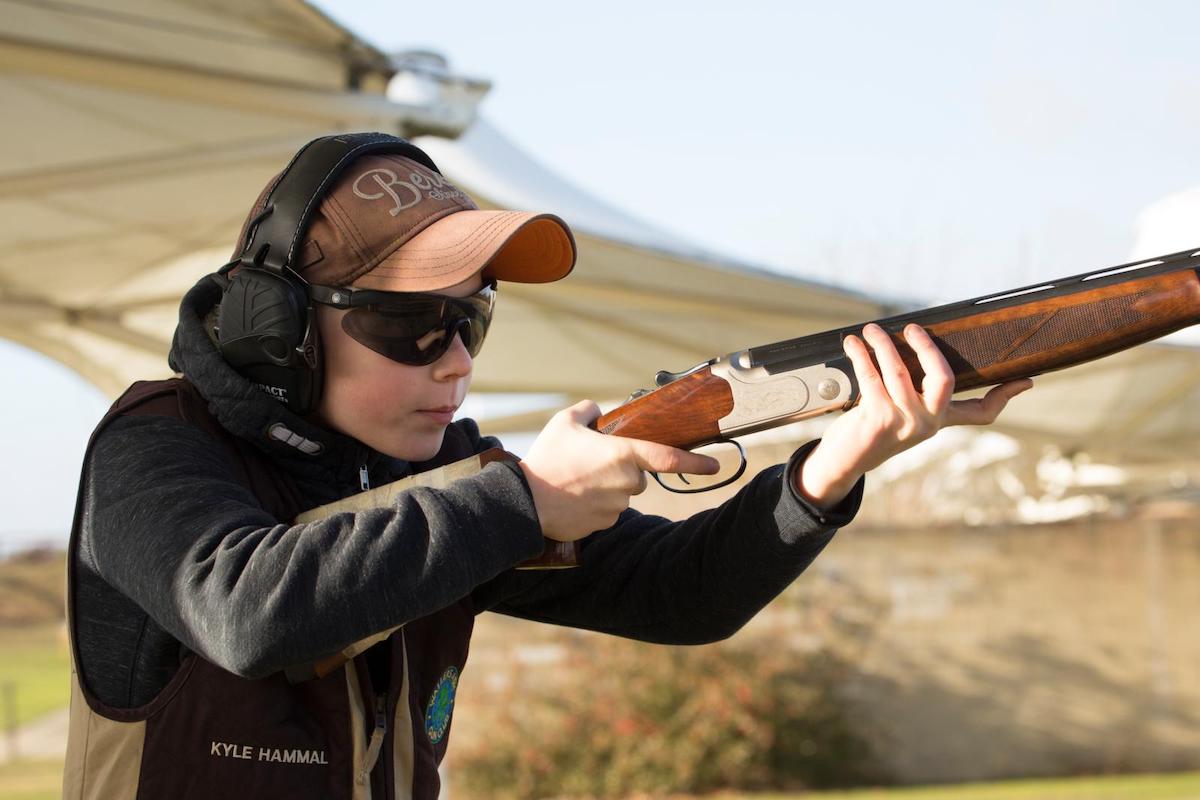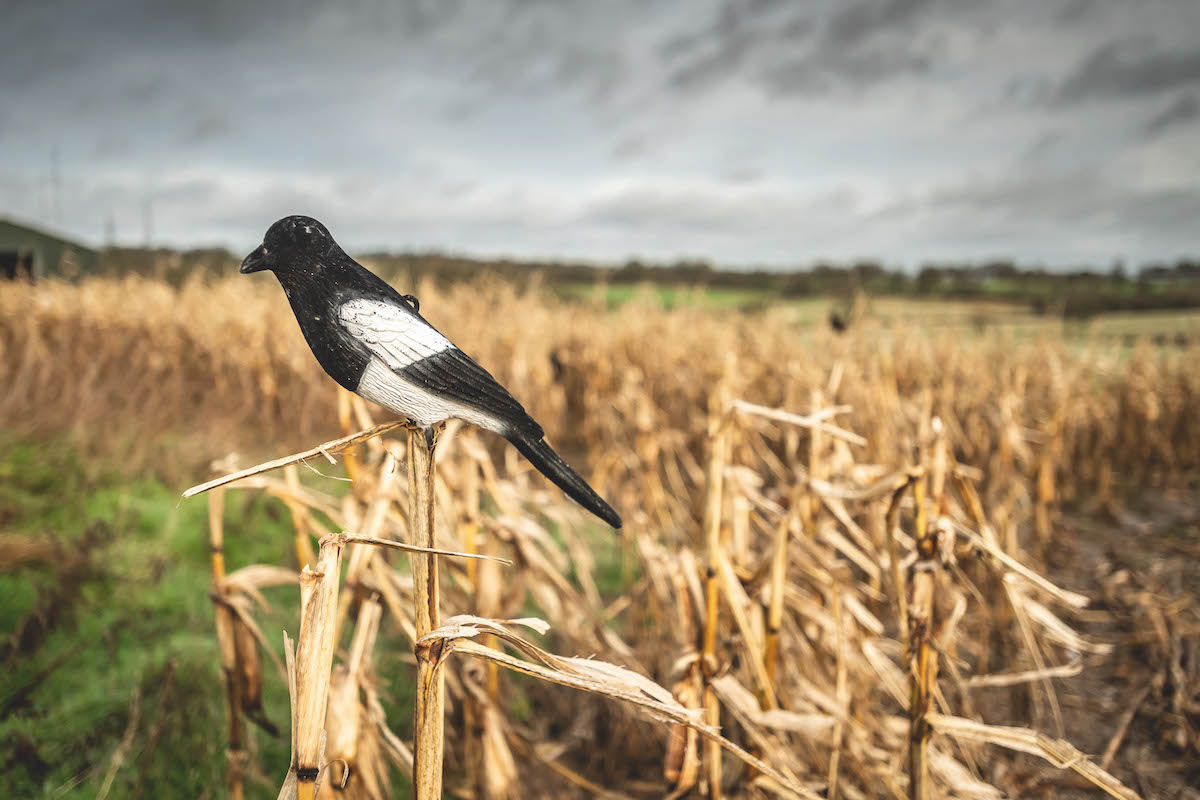Struggling on long crossers – what should I do?
Q: When I get the dubious honour of being a walking gun or having a 'roving brief' at the end of the line I often struggle on long crossers, which are inevitable with no neighbours. Any tips?

Keeping a close eye on your positioning is a key part of being a walking gun, not least because it gives you more time to react when the birds appear.
Shooting instructor Adam Calvert replies:
A: The walking gun brief can be one of my favourite roles but equally it is a tricky one, and the addition of long crossers can be an extra challenge. When you are given a brief as a walking gun the most important thing is to remember the associated safety that actually surrounds walking with a gun.
Personally I walk with the gun closed making sure to break it and empty the gun when crossing fences and obstacles, however many people prefer to walk with the gun broken all the time. It is important to use those around you, beaters or pickers-up, to help you get past these obstacles safely, passing the broken gun to them when navigating these obstacles. Safety should always be a top priority.
Equally important when you are a walking gun is to make sure you have a full understanding of the brief, for example do you need to walk in front of the beating line or behind it, and to know exactly where you need to be? Local knowledge is the key here, and I always try and seek the advice of the nearest beater who probably knows every point on the drive where the birds will break and how they will react when they do.
I then make an effort to pay attention to what is happening in the beating line whilst at the same time looking ahead to find good places to stand allowing both good visibility and footing. I then often walk quickly between these spots almost leap-frogging from spot to spot in order to give me the best chance of being properly prepared to shoot.
A walking gun or just being on the end of the line often leads to us stretching further than we normally would for those long crossers. In these instances it is vital to know you ranges in order to decide what is and isn’t worth taking on. Like most types of game shooting timing is everything, making sure that the bird has not gone past its most vulnerable point before you have had time to address it is important. If it has then the shot rarely leads to a clean kill and I tend to leave these for another day. A rushed shot is never a good one.
It is also in these situations that I see the most dropping birds, the bird makes a break for it but has the advantage of not having to pass over the line so can break over the tops of trees and very quickly drop causing them to be either missed above or at worst leading to the gun following the bird down and the shot then becoming unsafe.
From a technical point of view footwork and good muzzle connection is the key for crossers. Make sure that you have given yourself enough room to finish your swing after you have squeezed the trigger.
Crosser clay targets – here’s how to shoot them
The clay that’s crossing in front of the stand is probably one of the most common targets you’re ever likely…
Should I treat driven targets like crossers?
Clay pigeon shooting: I’m struggling with high, driven targets. I pick up the clay nicely enough but as I follow…










